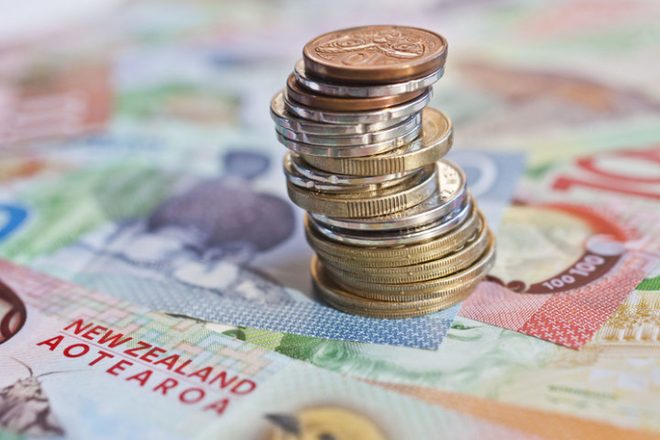经济学家早些时候曾预测,新西兰经济将在第二季度再次增长。他们估计,6月季度的国内生产总值将增长0.4%至0.8%。乳制品、林业和肉类出口改善等因素促成了0.9%的增长。Stats NZ的Jason Attewell强调说,商业服务,尤其是计算机系统设计,在这一增长中发挥了重要作用。
第二季度制造业活动也有所上升,结束了前五个季度的下滑。2023年3月季度的增长从-0.1%调整为0%。同时,2022年12月的季度下降了0.5%,与之前的-0.7%相比有所修正。
西太平洋银行高级经济学家达伦·吉布斯提到,由于这些修订,经济衰退可能暂时得以避免。澳大利亚证券交易委员会的纳撒尼尔·基尔指出,国内生产总值的增长远高于预期。他补充说,尽管净移民人数仍然强劲,但本季度国内生产总值的人均增长率仅为0.2%。
但是,一些专家认为,利率上升和出口价格下降等因素可能会使该国重新陷入衰退。基尔提到,尽管新西兰经济现在看起来很强劲,但预计将在未来12-18个月内放缓。
澳新银行建议谨慎行事,使用 “熊市反弹” 一词,暗示暂时复苏。新西兰银行高级经济学家玛丽·乔·维加拉上周对即将到来的时期表示担忧
。





























































